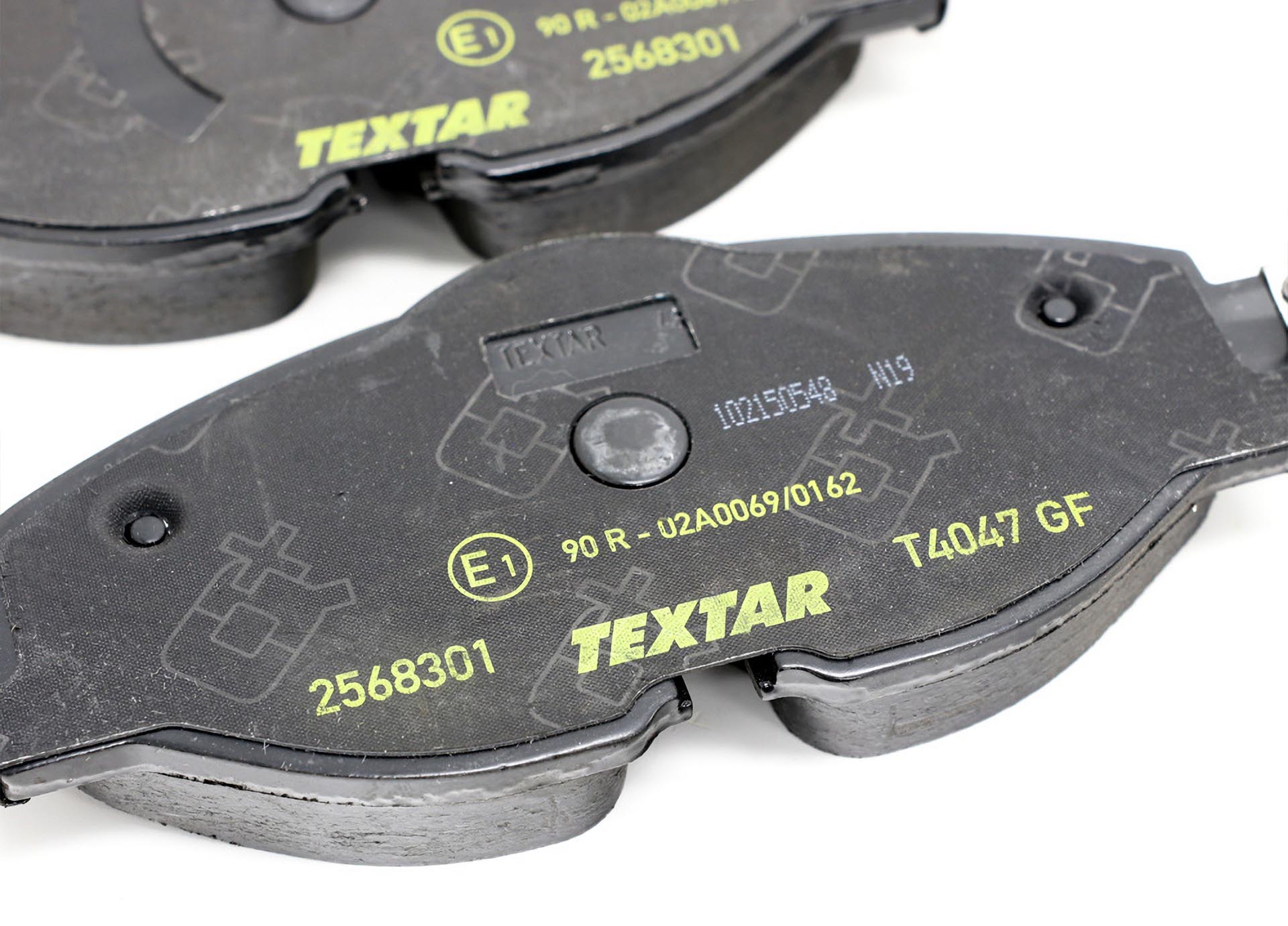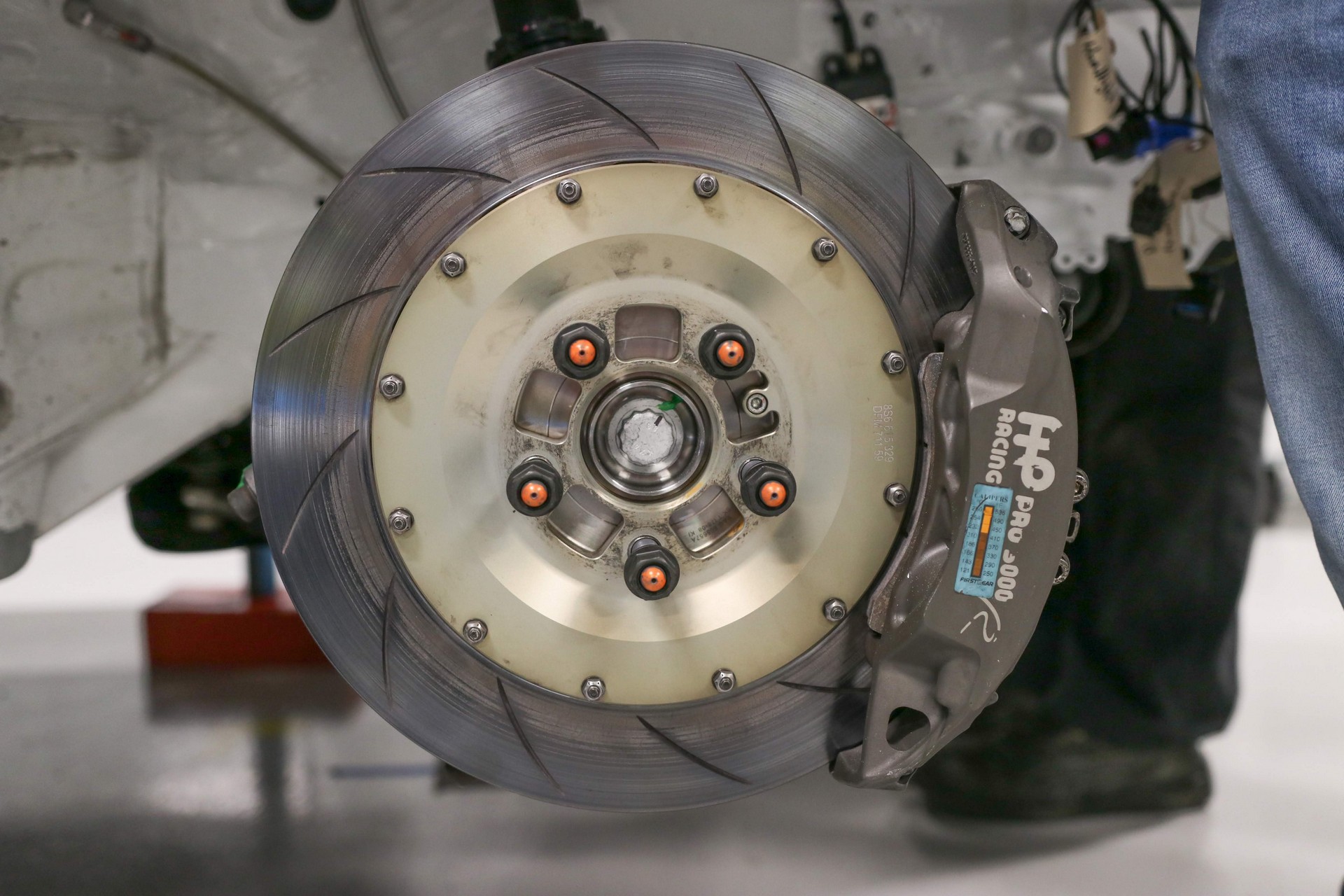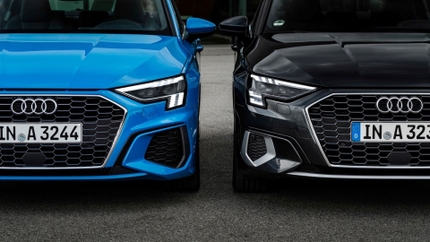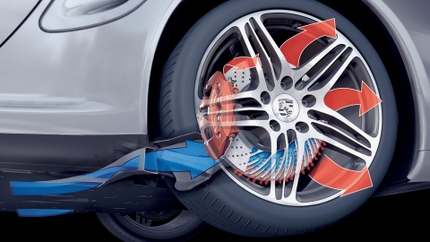LAA Testing Hello You often hear about Genuine, OE, and OEM parts tags with different explanations from different people. We have the only guide you’ll ever need to explain that, but it doesn’t go into what parts need to go through or achieve to have the latter two designations. The truth is that there aren’t any characteristics or regulations; as long as they are the original equipment or made by another company that makes some other original equipment, they earn those designations. However, that doesn’t mean aftermarket parts should be viewed any less. As with brake parts, there’s an agreed-upon automotive standard regulation, which means far more for quality than an OE or OEM label. Rather than look for the latter two, you should look for the ECE R90 certification.
QA Test Who Called The UN? ECE Regulation 90
The ECE Regulation 90, or ECE R90 for short, is a safety regulation created for brake pads in 1999. Prior to the regulation, any parts manufacturer could create a “brake pad” or “brake shoe” without any guidance on how effective it had to be at doing its job. That meant anyone who wanted to sell brake pads and shoes could do so without producing an effective product. As you can imagine, that was a real danger to everyone on the road, and sweeping reform was needed.
So, the United Nations got involved.
“ECE” is short for Economic Commission for Europe, but that commission is a part of the United Nations. In that initial session, Regulation 90 came into effect with a series of agreed-upon tests and standards that all prospective brake pads and shoes must pass to be deemed worthy of use in road cars. Those tests include:
Cold Performance
High-Speed Performance
Fade Resistance
Cold Performance Comparison Against The OE Product
Parking Brake Performance (Rears Only)
Many of these tests involve the brake pads undergoing three to five hours of testing at a time, and the total certification process takes months to complete. Within them, noise levels, wear rates, and thermal conductivity are checked and re-checked to ensure each friction material is appropriately classified and labeled. Altogether, the tests have been a lasting success, remaining primarily unchanged today, and led to a much more controlled offering regarding brake system components. Elsewhere in the regulation, standards for the way pads are produced, assembled, identified, and packaged have made it easier for automakers and consumers alike to understand what they’re buying—at least once they know what to look for.
However, Regulation 90 was extended further in 2016 to cover all light vehicle (non-commercial) brake discs and drums. Poor construction of either of those parts makes for an annoying time at best. At worst, a poorly constructed brake drum or disc can seriously hamper a brake system’s effectiveness. Although it took seventeen years, there are now many parameters that all prospective drums and discs need to meet, all classified under the R90:02 regulation. These tests/standards include:
Disc thickness variation
Lateral run-out
Surface flatness and roughness
Thermal fatigue
Packaging
Performance tests
Test parts must perform within 8% of the OE component compared against
How To Read The R90 Certification
On the back of every brake pad is a series of numbers and letters that will tell you all about the brake pad. Knowing what each of them says can help you determine what you’re looking at in terms of its performance, shape/size, and whether or not it’s ECE R90 approved. Luckily, viewing and assessing the latter is arguably the easiest of all, as it’s very simple.

What you’re looking for is the “E#” within a circle. The number that follows the E is determined by the country that approves it. Following that will be either a “90R-01” or a “90R-02.” That’s the R90 regulation stamp, with the latter two numbers determining pre or post-2016 regulations, as that’s when they were updated to include discs and drums. Some call them Series 1 and Series 2 approvals.
Why Is All Of This Important?
Safety is paramount when you’re behind the wheel. A speeding mass weighing nearly or over two tons without the proper ability to stop becomes a danger to more than just the driver. For that reason alone, you must choose your brake parts carefully. We can understand being on a budget, as repairs aren’t often inexpensive and always seem needed at the worst times. But skimping on your brakes is a recipe for disaster.
A pad with R90 approval is guaranteed to stop with similar characteristics to the OE pad, no matter what you’re putting in it. That should make shopping for something a little more budget-friendly easier, as you’ll know which you can trust. A short search will reveal that plenty of non-OE and OEM brake pads carry the approval, and a few can even come from some pretty big names, like Bosch. However, if you’re looking for a more performance-oriented pad, looking for the R90 may not help you.

Track-day-capable and dedicated race pads far exceed the braking threshold of an OE pad for several reasons, the two most important of which are thermal resistance and initial bite. The brake pads designed for use on the street in everyday driving situations must respond immediately in cold weather. They’re also not designed for the repeated abuse of driving flat-out on a race track for hours, so their thermal operating range starts at zero-degree temps and tops out at a few hundred degrees Celsius. Racing brake pads must perform under extreme conditions but aren’t used lightly, or when cold, so they must be heated to begin to work correctly. For that reason, they won’t always carry the R90 approval.
Now, none of this is to say that parts without the R90 approval are inherently bad. In cases like this, buying something without the R90 approval doesn’t mean you’re getting a bad product. For example, Pagid and Ferodo race brake pads won’t have them but are trusted and used by drivers globally. Even pads meant for street cars can be plenty serviceable without the approval. But buying one with it just ensures its quality against the industry standard.
With that, you have another tool to ensure your automotive experience is as good as possible. Be sure to check out all of our other content on brake systems and components, as it will help you acquire the correct parts for your car and habits. Be sure also to check out our YouTube channels, as we bring you lots of helpful and entertaining content. Happy wrenching!



.jpg?width=430&crop=16:9)





